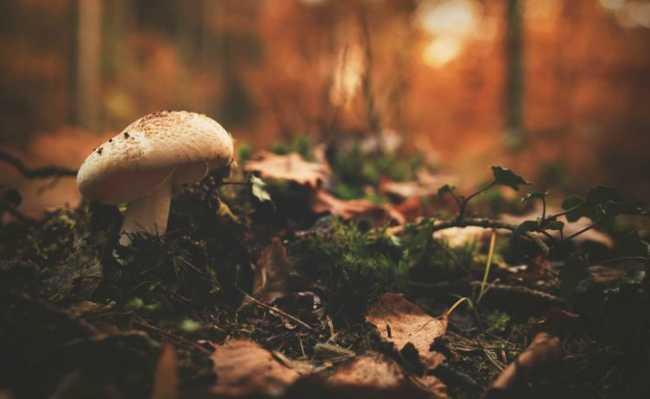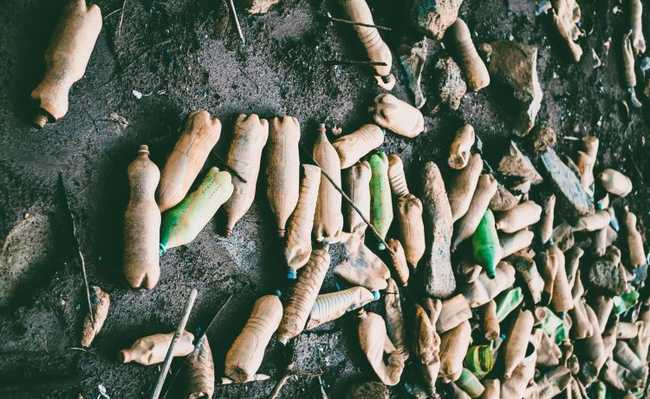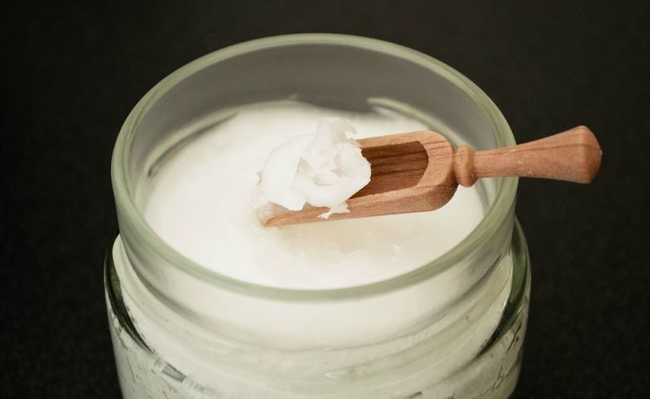Fire at the port in Guarujá: find out what the smoke mist compound is and what the impacts of the accident are
The mayor of Guarujá ordered the evacuation of the houses within a radius of 100 meters from the accident site

Image: Twitter/Firemen PMESP / Reproduction
At around 3 pm on January 14, there was a toxic gas leak on the left bank of the Port of Santos complex, on the coast of the state of São Paulo. A few moments after the incident, a fire started and reached a total of 80 containers with different products. The fire occurred at Localfrio, in Terminal 1 of the port, which is in the Vicente de Carvalho District, in Guarujá. As of January 15, despite the fire being controlled, firefighters were still working to contain the fire in 16 containers.
The fire was detected from the monitoring carried out by camera systems, around 3:15 pm. According to the São Paulo State Docks Company (Codesp), its fire brigade was immediately activated to support firefighting operations. The Mutual Action Plan between Guarujá, Fire Department, Civil Defense and Cetesb was also successful.
The strategy used by the Fire Department to prevent further damage was to isolate containers with more dangerous substances. According to the deputy secretary for the Environment of the State of São Paulo, Cristina Azevedo, this method is ensuring control of the accident. “We are having success in the strategy adopted by the Environmental Company of the State of São Paulo (Cetesb), Civil Defense and the Fire Department, which is to attack the container-by-container focus. Because, depending on the container, it's a different substance that's inside,” he said in an interview to Agência Brasil.
Localfrio operates with refrigerated cargo. The terminal is located in the port area, but does not cover the wharf area and does not have a maritime interface. Cargoes operated with ships occur, for the most part, through the Santos Brasil Container Terminal.
Civil Defense technicians visited several points in the city of Santos, between 6:30 am and 8:00 am on the 15th, and found that the cloud of smoke from the fire of chemical items was reduced. "The odor is perceived at a moderate level in the vicinity of the Station das Barcas, in Praça da República, in the center", says the note.
According to the president of the Municipality of Guarujá, Ronald Fincatti, a commission was created, with five councilors, to investigate all the facts related to the accident, ensure the punishment of possible culprits and eliminate the possibility of occurrence of similar events.
What happened and what is the fog made of?
The causes of the fire have not yet been confirmed. But, according to Cetesb, everything indicates that some damage or opening in the container allowed the contact of rainwater with sodium dichlorine isocyanurate (C3 O3 N3 NaCl2) and the chemical reaction originated the mists. Each container contained 20 big bags, with 1 ton of granulated product each. Containers with various products were hit.
Sodium dichloroisocyanurate is stored in a solid state. It is the basis for the formulation of disinfectants, sanitizers, fungicides, bactericides and algaecides for the treatment of water in swimming pools, spas, etc. Compost leakage is a concern because it is an oxidizing, corrosive product that poses a risk to the eyes and skin, in addition to being highly toxic when inhaled. Contact of the compound with small amounts of water results in an exothermic reaction with the release of toxic gases. Some toxic products resulting from the decomposition of sodium dichloroisocyanurate are nitrogen bichloride, chlorine and carbon monoxide.
The main symptoms that inhalation can cause are: difficulty breathing, headache, irritation of the nose, mouth, throat and lungs. In high concentrations, the product can also cause burns in the respiratory tract with the production of pulmonary edema, which can result in wheezing, chest pain and damage to lung functions. People with respiratory illnesses are more sensitive to the effects of gas. If symptoms do not improve, it is necessary to seek medical attention. The Boa Esperança, Rodoviária and Enseada UPAs are carrying out the service.
Recommendations
According to experts, the only really effective masks are those with a filter. The mayor of Guarujá, Maria Antonieta Brito, asked residents to avoid contact with the fog, remaining indoors, and ordered the evacuation of streets within a radius of 100 meters (determined by Anvisa), in the quadrant between Avenida Santos Dumont , Avenida Alvorada, Rua Papa Paulo VI and Avenida Adriano Dias dos Santos, in Jardim Boa Esperança. "The situation is serious. Those who are in the blocks close to the site must leave their houses immediately. Residents need to go to the neighbors' houses and stay away from the explosion site. Whoever is at home, the orientation is to get dry cloths and put them in them doors and windows. Do not leave the house. If the resident feels unwell, he should seek the UPA immediately. Be careful with the rain, because it contains chemical elements and can burn the skin," said the mayor.
Consequences
More than ninety people have already been treated with health problems caused by smoke inhalation, in medical units in the cities of Santos and Guarujá until 8:00 am on the 15th. People who live in Cubatão were also affected. In the city's emergency room, 17 patients with symptoms of burning eyes, dry mouth and throat were registered.
The smoke invaded the Vicente de Carvalho Emergency Room, and for this reason, patients admitted there are being transferred, together with teams and ambulances, to the UPA Boa Esperança, on Rua Alvaro Leão de Carmelo, to receive specialized treatment.
The product is stable, but has a high chlorine content, which dissolves in water. For this reason, another problem will be the environmental issue that will come later. Experts still do not know how to measure what will be the impact on soil and water contamination. To check whether damage was caused to aquatic life and the quality of the water body, technicians from Cetesb collected water from the estuary. "In an inspection carried out by boat, through the estuary, no mortality of aquatic organisms was identified," the company informed.
“Samples are being collected from the water that is being drained from the yard and water from the estuary. So far, there is no evidence of contamination in the estuary. But we are going to keep this monitoring”, said the assistant secretary for the Environment of the State of São Paulo, Cristina Azevedo. A mobile station will also be installed to measure and monitor air quality in Vicente de Carvalho.
Check the video for images of the accident.
Source: Guarujá City Hall, Valor and G1










